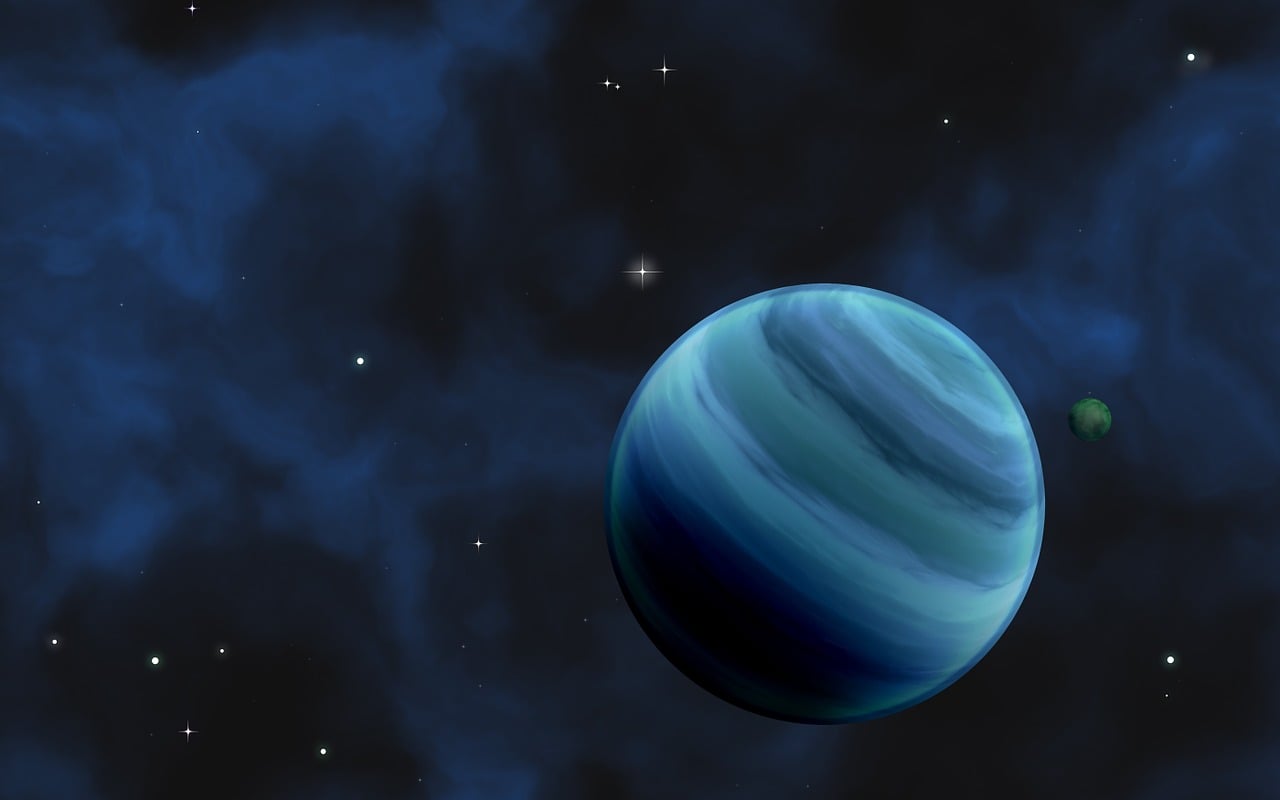Scientists believe they’ve been able to simulate the atmospheres of other planets here on Earth. Johns Hopkins University assistant professor Dr. Sarah Horst let the team of researchers who created the alien atmospheres, and they published their findings in the journal Nature Astronomy. By studying how atmospheric particles form through the haze they created, they hope to learn more about the solar system and the way planets work.
In a post published on Futurity, the Johns Hopkins team explained that they use telescopes to discover the types of gases that make up the atmospheres of distant exoplanets orbiting other stars. However, the telescopes currently in existence don’t provide clear enough readings for the atmospheres of exoplanets which have a lot of haze in them.
The problem is that haze found in alien atmospheres is made up of solid particles floating inside of gases. These particles change how the gas behaves in relation to light, which makes it difficult for scientists to detect the make-up of the gas. Scientists hope that after the Webb telescope is launched in 2019, they will be able to study exoplanet atmospheres more easily because it’s more powerful than the Hubble Space Telescope.
The researchers describe gases as having their own individual “fingerprints” which can be used to identify them. When they measured large spectral ranges from alien atmospheres, they were able to recreate the haze found in them by laying each gas’ fingerprint over the other. Scientists are interested in the atmospheres of other planets because they believe that a layer of haze once protected Earth from radiation in a fashion similar to how the ozone layer helps protect the planet today.
They also believe that having a deeper understanding of the atmospheres on other planets can help them as they search for alien life. By simulating the atmospheres found on exoplanets, Dr. Horst believes they can discern which of them have more haze than others. There are no exoplanets in our solar system, which means they are harder to study. Exoplanets are generally between Earth and Neptune in terms of size.
To create the alien atmospheres, the team of researchers led by Dr. Horst used computers to simulate various atmospheres that are similar to those that might be found on “super-Earths” or “mini-Neptunes.” The researchers used hydrogen, water vapor and carbon dioxide as the main gases mixed with helium, nitrogen, methane and carbon monoxide in various amounts at three different temperature sets. Using these compositions, they then modeled nine other envelopes of gases. After modeling them in the computer, the researchers set about actually simulating them by mixing them together inside a chamber and then heating them up.
Although they’ve created these other atmospheres, their work isn’t over yet. Dr. Horst told the BBC that they will be conducting further analysis on the make-up of the haze they simulated in the lab. She said they’re looking forward to learning about “where particles form, what they’re made out of, and what that means for organic inventories for the origin of life.” She also expects to learn much more about our own solar system and about how planets actually work.





